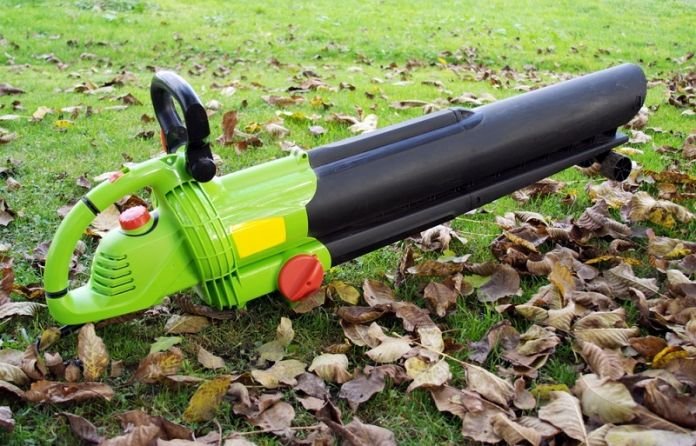Basic Guide To Blowers – A blower is a machine that increases the velocity of air when it passes through the impellers equipped in it. In simple words, you can say a blower is an equipment that moves air at a moderate pressure in a specific area. It has a wide range of applications in various industries such as cooling, conveying, ventilating, exhausting, etc., and is more efficient than compressed air. Blowers are mostly used where the pressure requirement is more than the fan and less than the compressor.
How Does Blowers Work?
The working principle of blowers is very simple. Their aim is to increase the pressure of air or gas by the centrifugal movement of the rotor. When air is absorbed in the inlet valve, the impeller or rotor starts to rotate, and its channels start pushing the air forward by centrifugal force. Meanwhile, gas is compressed and its pressure starts to increase in a linear way.
What Are The Different Types Of Blowers?
There are mainly five types of blowers, each having its own set of features and advantages.
1. Positive Displacement Blowers
These blowers work in a similar way to positive displacement pumps. To be specific, they squeeze the air and in turn increase the pressure, then simply trap the air through one side and release it from the other side. Positive displacement blowers maintain a constant speed and flow of air, no matter what changes occur in the air pressure. Moreover, there are further of two types – Rotary Vane and Rotary Lobe, which are also called rotary blowers, and these are used in heavy industries for moving gas from one side of a space to another.
2. Centrifugal Blowers
Their main function is to increase both the speed and volume of air or gas. They are equipped with high-speed rotors or blades that are used to transfer high velocity to the air or gas passing through them. Next, the blades in these blowers come in various shapes such as backward-curved, forward curved, and radial. They are highly used for the combustion of air supplies, for controlling dust, and in air conveyor systems.

3. Helical Screw Blowers
These blowers are equipped with one main rotor that has two lobes. One rotor is fitted into another rotor’s flute in such a way that they move in a helical pattern. Their movement is timed carefully so that both rotors don’t touch each other. They are more efficient than rotary lobe blowers as there is limited air leakage.
4. High-Speed Blowers
As the name suggests, these blowers are used to produce high pressure and flow. Thus, They operate with the help of a motor and are equipped with dual impellers for double suction of air.
5. Regenerative Blowers
Here, the pressure is created by the displacement of air particles. On rotation, the impeller draws and captures the air between each blade, then pushes the air forward from where it goes back to the bottom of each blade. They find very good use in food manufacturing units and hospitals. Therefore, it is called that they move the air by using non-positive displacement. Trapping air and then forcing it to move, is how a regenerative blower works.
What Factors Should Be Considered While Selecting Blowers?
The selection of blowers is done on the basis of the ratio between inlet pressure and outlet pressure. Following factors should be kept in mind while buying blowers:
- What is the type of blower?
- Parameters of flow capacity
- What are the different designs of blades?
- What is the highest operating pressure?
- Design of port
- Dimensions
- Electrical ratings
Final Words
In conclusion, blowers have found their use in a variety of applications. No matter for what purpose you need blowers, always make sure they are compatible with your application needs, they are reliable and easy to maintain and service. Afterward, we hope to deliver the right content to our readers! Thanks for visiting GreenHouseCenter!




